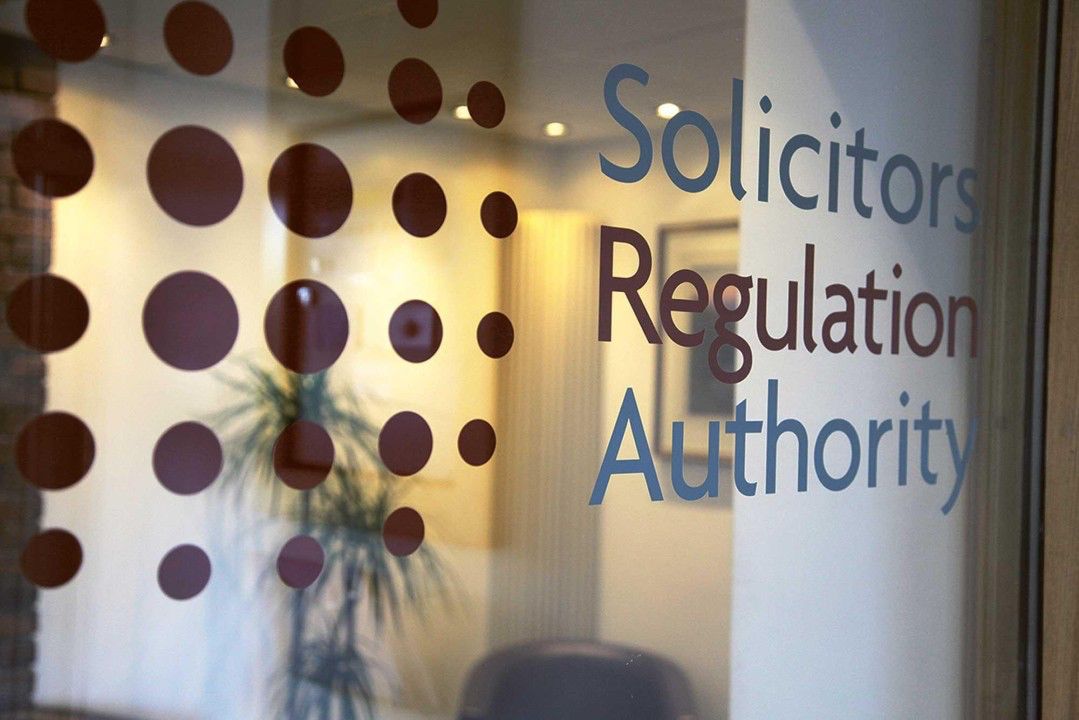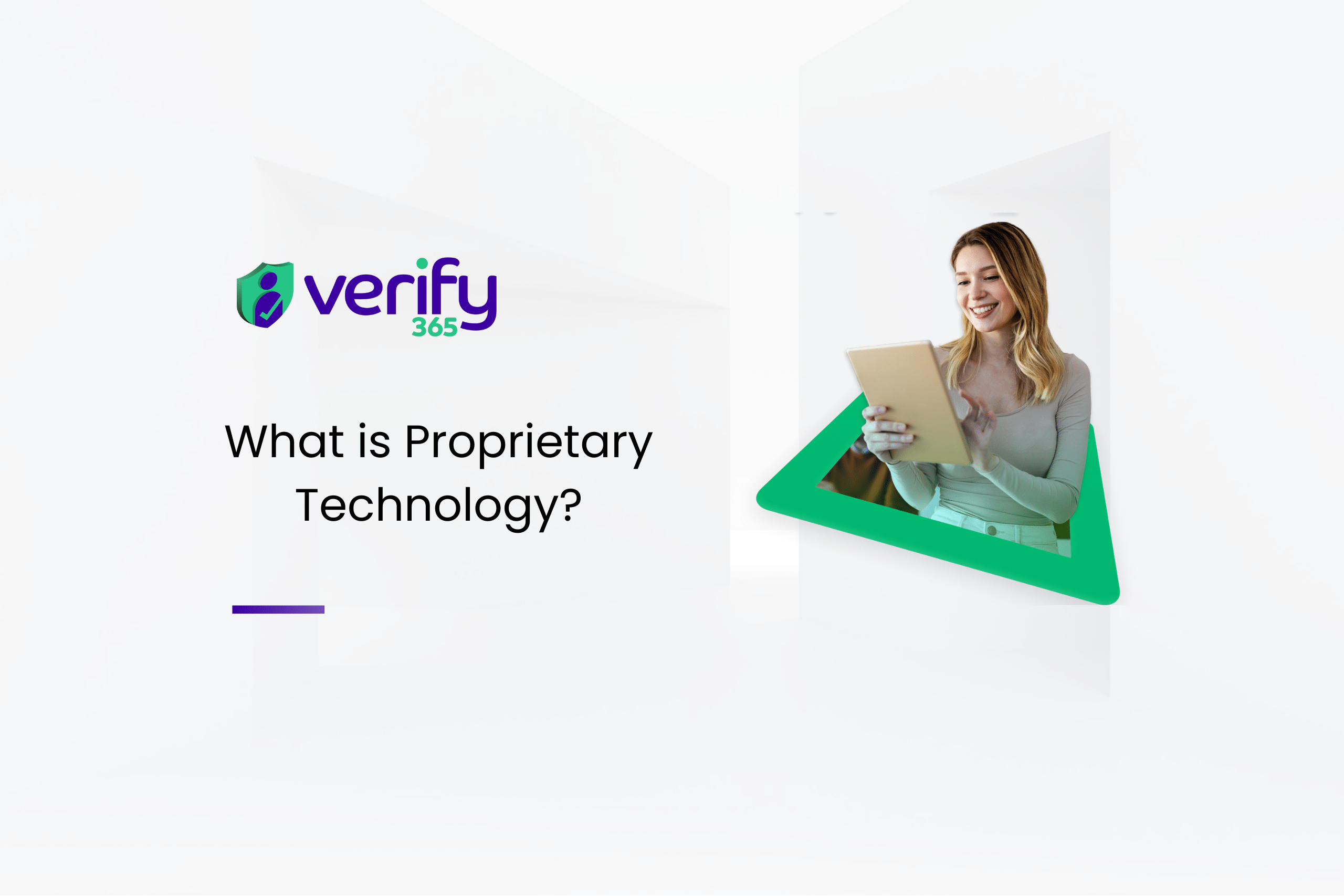Introduction
In an era where financial transactions become increasingly complex, the threat of money laundering looms larger than ever. Law firms, entrusted with large transactions and privileged information, are in a unique position to mitigate this threat. With stringent anti-money laundering (AML) regulations in place, due diligence is not just a matter of compliance, but a responsibility. This guide aims to provide law firms with a deep understanding of the practices and procedures to ensure optimal AML checks.
1. Customer Due Diligence (CDD)
Legal professionals must have a clear understanding of the clients they work with, not only for effective service but also to ensure the legitimacy of their financial transactions.
a. The Importance of Counter-Party Due Diligence
– Why is it crucial?
Engaging in financial transactions with entities without proper due diligence exposes law firms to legal and reputational risks. A seemingly legitimate transaction can be linked to money laundering activities in another jurisdiction, making the firm unwittingly complicit.
– When and how to determine the level of checks required?
Due diligence depends on the nature of the transaction and the parties involved. Engaging with entities in high-risk countries, as defined by global AML standards, requires enhanced scrutiny. To determine the level of checks, law firms should assess the overall risk of the transaction, considering factors like the client’s business operations, their jurisdiction, and the nature of their transactions.
b. Identification Documents for Due Diligence
– Beyond passports: Other acceptable documents.
While passports are the gold standard for identity verification due to their comprehensive data and security features, other documents like national IDs, driver’s licenses, and residence permits can also be reliable.
– Handling unique cases: Refugees and asylum seekers.
In situations where individuals cannot provide standard documents, like refugees or asylum seekers, alternative verification methods should be sought. This can include third-party verification or documents issued by refugee camps or agencies.
c. AML Checks: Scope and Out of Scope
– When is it appropriate to apply AML checks?
It’s crucial to apply AML checks for all transactions within the scope of AML regulations. However, for transactions outside this scope, firms should consider the benefits of applying similar checks, ensuring a uniform approach and facilitating smoother transitions between service scopes.
– The concept of passporting and its risks.
Passporting refers to transitioning clients from non-AML services to AML services without further checks. While this offers ease, it can introduce risks, particularly if it bypasses critical AML verifications.
d. Passing on CDD Costs to Clients
– Transparency in charging: Clear guidelines on costs and terms.
Firms should detail the costs associated with CDD in their terms and conditions, ensuring no hidden charges. This promotes transparency and trust between the firm and its clients.
– The importance of pre-informing clients.
Clients should be informed of CDD costs upfront, allowing them to make an informed decision. This not only ensures transparency but also protects firms from potential disputes.
2. Source of Funds: Deep Dive
Understanding the origin of funds is central to AML compliance. It protects firms from unintentionally dealing with illicit funds.
a. Depth of Source Checks
– Determining how far back to check.
The depth of checks depends on the transaction. For some, a brief history suffices, but high-risk transactions may necessitate a deeper dive. As a rule, ensure clarity on the client’s fund accumulation means.
– Understanding the origin and nature of the funds.
Identifying fund sources protects firms from money laundering. By tracing back to salaries, gifts, or investments, firms can ensure the legitimacy of the funds.
b. Necessity of Source Checks
– When are they mandatory?
Mandatory checks are required for clients with political exposure, or if either party is from a high-risk third country. However, the exact criteria may vary based on jurisdiction and specific transactions.
– Assessing risk: A step-by-step guide.
Evaluate the client’s profile, country of residence, and nature of the transaction. High-risk factors demand comprehensive checks.
c. Distinguishing between Source of Funds and Source of Wealth
– Definitions and differences.
While ‘source of funds’ identifies the immediate origin, ‘source of wealth’ delves into the overall accumulation of a client’s wealth.
– When each check is required.
Both checks are mandatory for politically-exposed individuals and entities in high-risk third countries.
3. Leveraging Technology for Due Diligence
Technology can significantly simplify the due diligence process, offering tools that are both effective and efficient.
a. Deciding on Technological Assistance
– Factors to consider when choosing AML technology.
Consider the tool’s features, data handling capabilities, and compliance with standards.
Spotlight: Verify 365.
Verify 365 stands out as a risk and compliance platform designed for law firms. Integrating best-in-class technologies, it offers comprehensive due diligence capabilities, ensuring thorough AML checks.
b. Trustworthiness of Digital CDD Providers
– Understanding the reliability and limitations.
While technology can simplify, it’s not infallible. Ensure a deep understanding of its capabilities and scope, and remain vigilant about its results.
– Training for law firm staff.
Staff should be trained to use these tools effectively, ensuring optimal outcomes and mitigating potential risks.
4. Miscellaneous AML Requirements
Other key aspects of AML compliance include understanding funds routed through intermediaries and recognising suspicious activities.
a. Verifying Funds from Solicitors and UK Bank Accounts
– Debunking the myth: Why passing through certain accounts isn’t enough.
Even if funds pass through reputed solicitors or UK banks, it doesn’t absolve them from scrutiny. Each transaction, regardless of its journey, requires individual checks.
b. Reporting Suspicious Activity
– Understanding the SAR procedure.
Suspicious Activity Reports (SARs) are vital for alerting authorities about potential AML breaches. Recognising and correctly filing SARs is crucial for compliance.
– Navigating the ‘tipping off’ offence.
‘Tipping off’ refers to alerting a client about a SAR filed against them, which is a criminal offence. Law firms must be careful to avoid any communication that may be construed as ‘tipping off’.
Conclusion
In a world where financial transactions are becoming ever more complex, law firms are the frontline defense against money laundering. By understanding and implementing rigorous AML procedures and leveraging technologies like Verify 365, firms can not only stay compliant but also protect their reputation and integrity.






